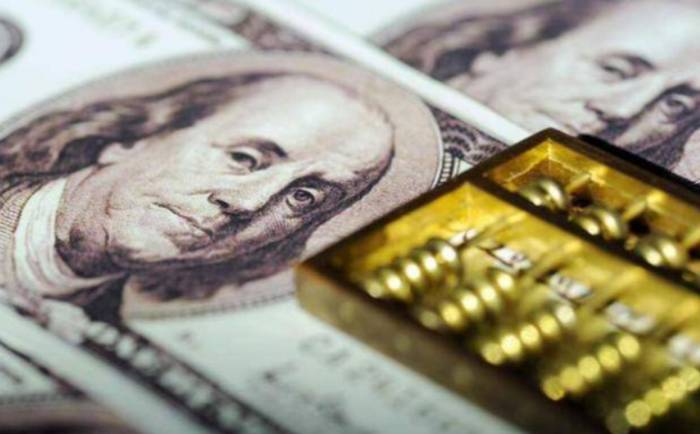Fed Awaits "Proof" to Decide on Rate Cut
After the release of the non-farm data in August, the market's focus has become increasingly polarized.
Many institutions are no longer discussing whether the Federal Reserve will cut interest rates, but are directly exploring how many basis points the Fed will cut in September, 25 or 50, because these institutions believe that the Fed is bound to cut rates in September, it's just a matter of how much.
On the other hand, more public opinions are exactly the opposite; even though the U.S. non-farm data did not meet expectations and various data points to a recession in the U.S. economy, there are still many people who believe that the Fed will not cut rates in September, and some even think that rates will be raised.
There is not much time left until the Fed's interest rate meeting on September 18th, and it is important to understand why the decision to cut rates in September is so significant!
The Fed has an interest rate meeting in September, and the next one will not be until a few days after the U.S. election in November, which means that if there is no rate cut in September, the earliest it could happen is after the election.
Obviously, a rate cut after the election is not ineffective, but it can be described as a mild effect, greatly reduced.
Advertisement
Therefore, the decision to cut rates in September is referred to by the market as a "make-or-break situation".
If rates are cut, capital flows to the global market and the economy gradually improves; if rates are not cut, or even raised, it could lead to a financial storm, or even trigger a hot war...
Although such rhetoric is somewhat alarmist and exaggerated, it is sufficient to illustrate the importance of whether the Fed cuts rates in September or not.
Since September, important U.S. economic data has been released one after another, almost all of which have been below expectations and are showing weakness.
Recently, the U.S. has successively released data on "job vacancies", which has fallen to the lowest level in three years, and the manufacturing PMI index, which is also below expectations, showing a significant decline in U.S. manufacturing.
At the same time, the U.S. ADP employment figure in August fell to 99,000 people, setting a record low in three years.
This data is known as the "little non-farm", and then the U.S. non-farm data in August was also released, and the result was as expected, also below expectations.
These four data points all point to the deterioration of the U.S. labor market, thereby raising expectations for the Fed to cut rates in September.
It is worth mentioning that the U.S. has once again shamelessly "revised" and lowered previous data, slapping the faces of those who believed in these data before.
The U.S. has revised down the non-farm data for June and July this year, with a total reduction of more than 80,000 people in two months.
It should be noted that last year's non-farm data has been revised down by more than 800,000 people, which means that the non-farm data announced by the U.S. in the past year and more has been deceptive, with comprehensive data fraud, and the actual situation is far from as good as the data shows.
Therefore, many people describe the U.S. non-farm data as a "girl", dressed up by the Fed, and as long as she gets through the wedding night, it's too late for the groom to find out the "true face".
So, who is "dressing up" the U.S. non-farm data, the Fed?
It's not that simple.
From the current situation, the faction within the U.S. that most hopes for the Fed to cut rates as soon as possible is the Democratic Party, especially Madam Haha, while the faction that most opposes rate cuts is the Republican Party, especially Trump.

The intensifying dispute between the two factions may also be an important factor in the Fed's reluctance to cut rates, after all, Powell doesn't want to "disturb" anyone and has been dragging until near the election, and now it's time to make a decision.
If the Democratic Party controls the U.S. internal labor market data, especially the non-farm data, then the Republican Party controls the U.S. CPI data, and both of these data are extremely important and are the key to whether the Fed cuts rates or not.
No matter what the current data is like, don't be too happy too early, the Fed is still waiting for a "proof" to decide whether to cut rates or not!
Now the non-farm data has been announced, and this data "supports" the Fed to cut rates, and the U.S. August CPI data to be announced in a few days has become an important "proof".
If the U.S. CPI in August can be reduced to 2.5% and below, the Fed is likely to cut rates, and if the CPI rebounds to around 2.8%, with no intention of declining, then the Fed has another reason not to cut rates.
Of course, there is not only the donkey and elephant dispute within the U.S., but also the dispute between the Anglo-Saxons and the Jews.
At present, the Jews seem to be in the ascendant, and they have almost used all means to try to complete the global harvest of the dollar tide, so no one knows what will happen until the last moment.
Leave A Comment